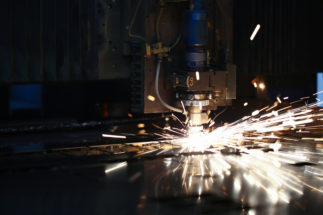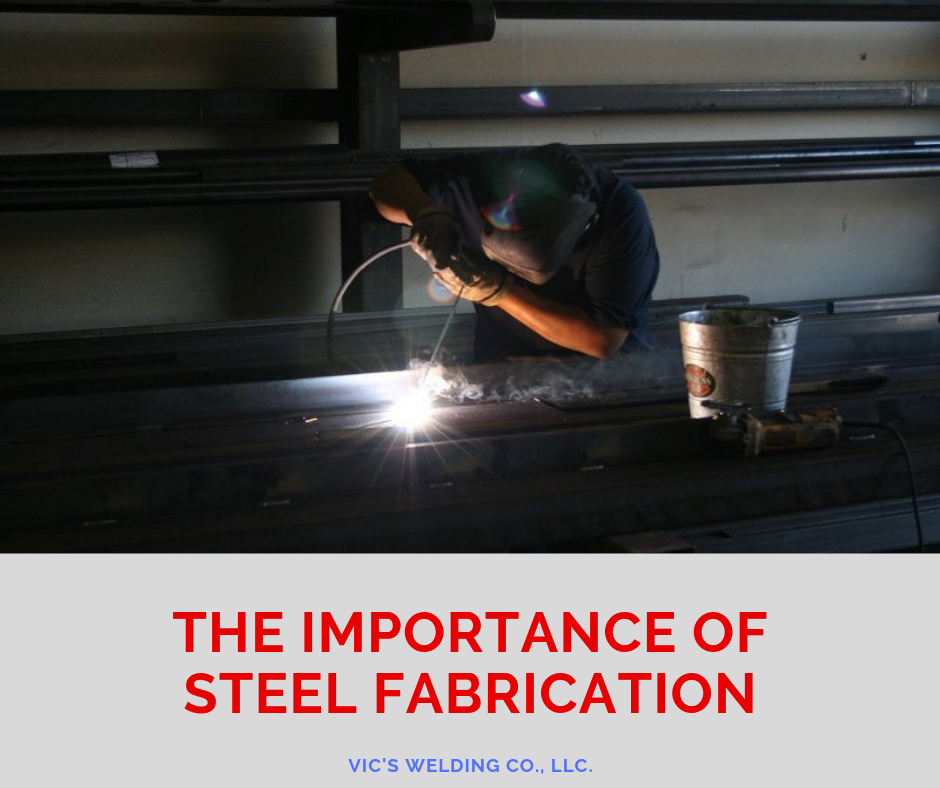9 Easy Facts About Steel Fabrication Business Described
Wiki Article
The Ultimate Guide To Steel Fabrication Process
Table of ContentsNot known Incorrect Statements About Fabricated Steel Angle Little Known Questions About Steel Fabrication.Not known Details About Steel Fabrication Near Me Some Known Incorrect Statements About Fabrication Steel Chart Steel Fabrication Apprenticeship Fundamentals Explained
Machining, Machining is likewise a fairly easy process in concept, and also yet there is a variant that can be discovered in it. By its nature, it is a procedure of eliminating excess material from raw metal items in some method. Three of the extra widely known procedures of machining are called milling, turning, and also exploration.This process can be done both with the aid of a details CNC milling maker and by hand, and also milling, generally, is regularly a secondary process than not. Some variations of milling can be ordinary milling, climb milling, kind milling, angular milling, and so on. Transforming is another variation of machining that makes use of a specifically made device lathe to produce a cylindrical-shaped item by applying a reducing tool to eliminate parts of a raw metal item that revolves in one place.
Boring is the most basic one out of the 3, and it's just as the name suggests it's the mix of a drill as well as a rotary cutting tool utilized to reduce holes in the raw steel item. fabricated steel angle. Shearing, Shearing is practically a variation of cutting, however it's divided into a different classification as a result of its uncommon approach to the process.
The 7-Second Trick For Steel Fabrication Meaning
The cut is started by applying stress to the steel item with the upper part of a machine (formed like a blade), which develops a crack. By using nonstop pressure to the broken steel a cut is accomplished, and the sheared sides can be burred later (burred as if the process of cleansing up the sides of the material pieces after the shearing).It is rather a well-known method, mainly as a result of its adaptability it can incorporate rather much any steel components. There are 4 kinds of welding that are one of the most preferred: FCAW, MIG/GMAW, SMAW, as well as TIG.FCAW or Flux Cored Arc Welding utilizes a wire electrode with a core that produces securing gas, which eliminates the need for a secondary gas resource.
It uses an exterior gas supply in mix with a solid cord electrode to avoid the metal item from connecting with different environmental factors, making the process faster as well as a lot more consistent. SMAW or Protected Metal Arc Welding is one of the most basic variation of a welding tool, it's an electrode stick that creates an electric arc when contacting with metal, as well as the high temperature level of the arc's effect is what welds the steel assemble.
Unknown Facts About Fabricated Steel Angle
It uses a tungsten electrode pole that develops brief additional info arcs, even more ideal for hefty fabrication - fabricated steel angle. It is just one of the harder variants of welding as well as requires a highly-skilled professional to operate it effectively, yet it also functions for the bulk of metal-based items and can be found in helpful also for the most intricate tasks.This write-up is an attempt to combine some of the much more basic information on the topic in one area, from the definition of metal manufacture to a myriad of procedures that it can take the form of.
Sheet metal can be specified as any sort of steel that is created right into slim malleable sheets. The sheets range in material from brass to titanium and come in a wide variety of predefined densities, described as a scale. Normally, most sheets are less than inch thick but can vary in density from fractions of a millimeter to several inches thick.
The Greatest Guide To Steel Fabrication Industry

Historically, it was used in shingle roof, however as production strategies boosted, sheet steel soon provided an affordable and also long lasting product that can be made use of almost everywhere. It ended up being so prominent that makers saw a boom till The second world war when metal products became so scarce that the sector started to collapse.
Furthermore, it is much faster to scale mass manufacturing because of the versatility of manufacture choices. Because index it is thin as well as has a lightweight form factor, any kind of extra stock required for manufacturing can be saved and also transferred quickly. There are lots of ways to make sheet steel depending on the application.
Flexing, Sheet metal is positioned within a bending equipment more helpful hints and also curved to the preferred form. The most typical flexing maker is called a press brake. The brake makes use of a die and also hydraulic press to imprint the bend onto the steel. Commonly utilized to form electronic devices rooms. Stamping, A sheet steel space is positioned into a marking press where it is formed right into the desired shape using a device as well as pass away.
The smart Trick of Steel Fabrication And Welding That Nobody is Discussing

This process uses using a high-powered laser to cut materials to the desired sizes and shape. Contrasted to various other reducing processes, it supplies greater cutting precision as well as accuracy, specifically for complicated as well as elaborate component styles. Machining Machining is a subtractive process, suggesting it produces components as well as items by eliminating material from the work surface.

Report this wiki page